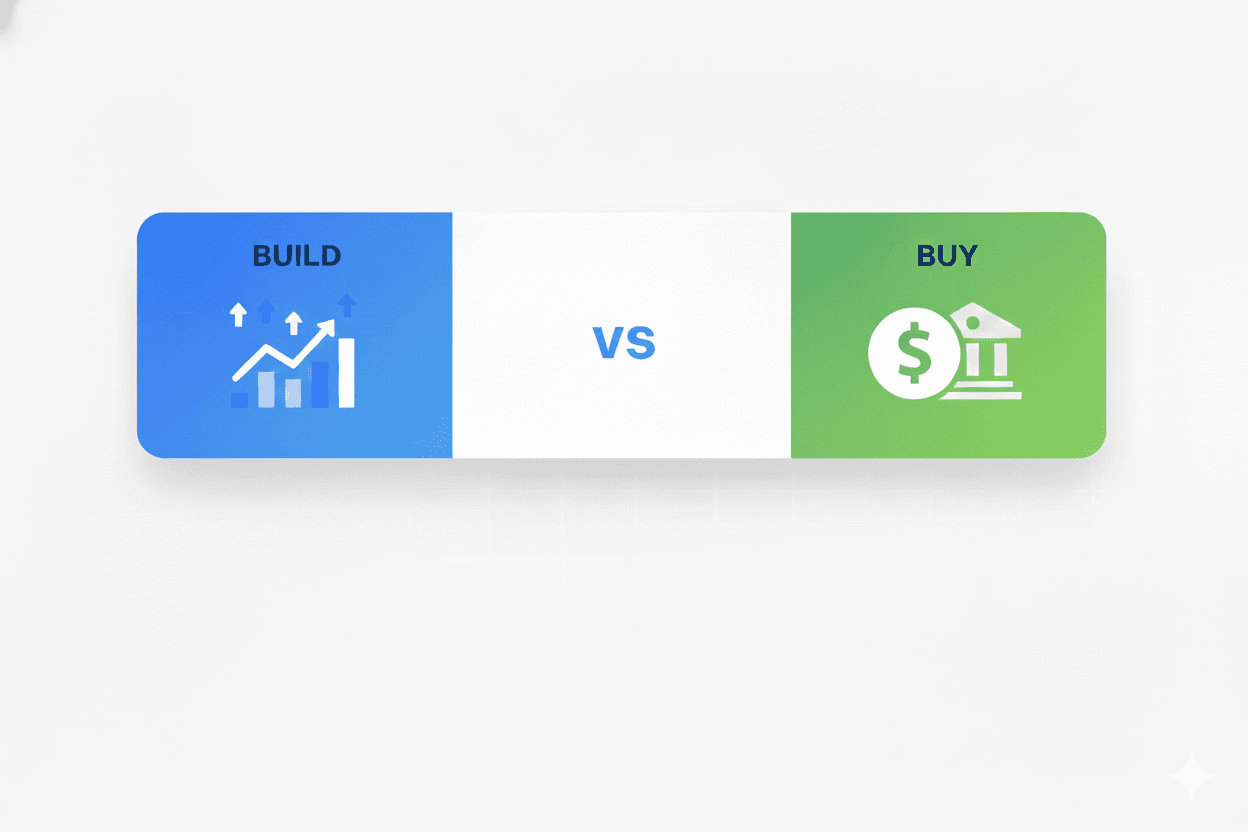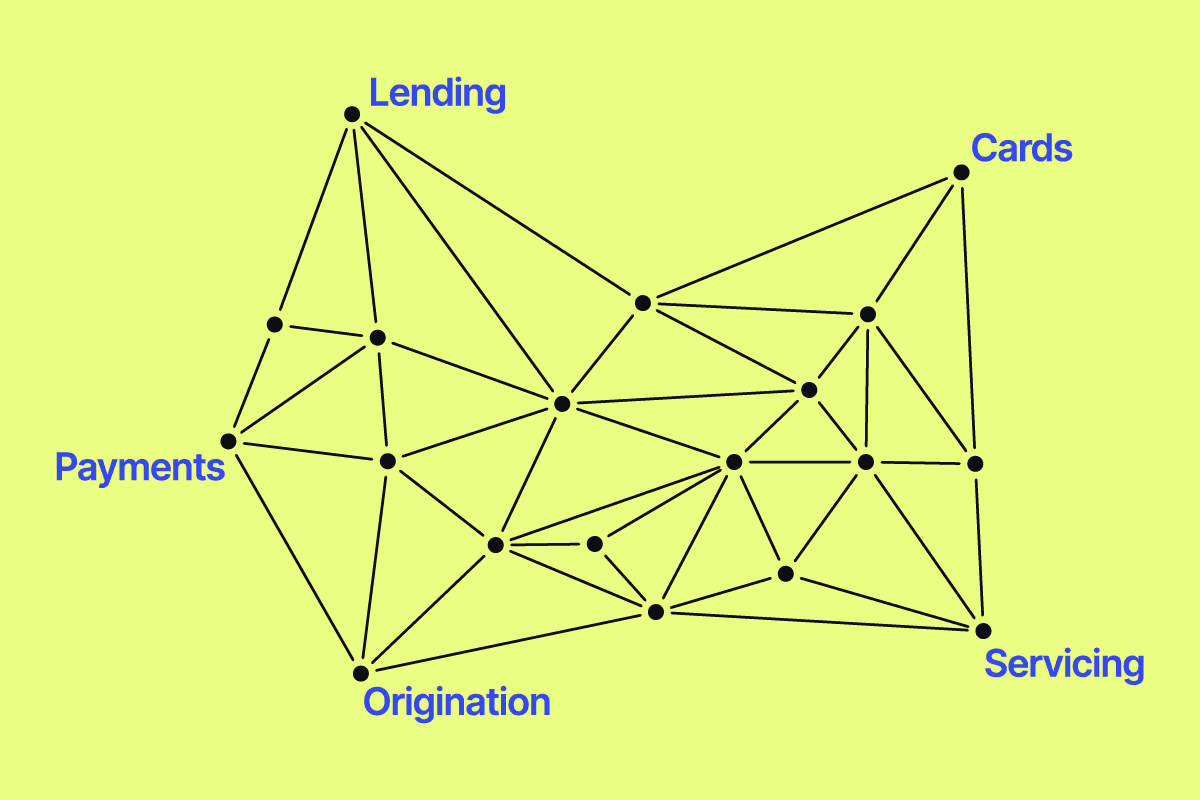Startups have angel investors and VCs, small businesses have SBA loans and other alternative fast cash financing options, and large enterprises have banks—but what’s left for companies in the middle of the market?
Companies that fall somewhere between small business and large enterprise but don’t quite fit in as either one are often underserved by traditional banks but are too complex for some small business lenders. However, they represent a huge opportunity for lenders, as the market shows. Middle market loan issuance surged to $15.4B in the first quarter of 2024, which was the highest level yet recorded and even surpassed the pre-pandemic peak back in 2019.

The middle market is a huge opportunity for alternative non-bank lenders who are willing and able to handle a somewhat complex business structure. In this article, we’ll explore the following:
- What middle market lending is and how it differs from small business lending.
- How lenders can best understand how to serve middle market companies.
- Limitations from traditional banks in the middle market and how alternative lenders can fill the gap.
- How lenders can use Canopy to capitalize on middle market opportunities.
What is middle market lending?
Middle market lending is providing loans to businesses in the “middle” of the market, between small businesses and large enterprises. These businesses are defined as those taking in between $5M-$250M in revenue. Middle-market loans are often more flexible than SMB or large enterprise loans and cover various needs.
Unlike a startup loan that gets a company from zero to revenue creation, middle-market loans are often meant to help more established companies expand beyond their current capabilities. These loans may come from a traditional financial institution, but they can also come from non-bank lenders such as private equity firms, embedded SaaS lenders, and fintech companies. At the same time, middle-market loans are usually larger, more focused, and undergo more due diligence than small business or startup loans.

Understanding the middle market
Middle-market companies have unique characteristics and needs that you won’t find in small businesses or large enterprises. While they may have complicated financial structures and specialized needs, lenders still take a higher risk when lending to them. But with that risk comes a higher reward.
The following unique characteristics make middle-market companies a more attractive customer for non-bank lenders, such as SaaS lenders or fintechs. At the same time, these characteristics may pose some challenges that smaller business customers may not have.
-
- Complex finances
Middle market companies are more complicated than SMBs, but less complicated than large corporations. Still, diverse revenue streams, multiple debt layers, and operational complexity are something lenders will have to consider during the underwriting process. Some non-bank lenders are equipped to handle this, and some aren’t.
- Loans for growth
Middle market companies have not yet reached maturity and have a faster growth potential than larger rivals that have already saturated their markets. Therefore, financing could be offered to help them overcome “growing pains” by providing growth capital for expansion, refinancing old debt to reduce costs, or working capital to better manage changing cash flow. - High(ish) risk, high reward
Middle market companies aren’t going to be as risky to lend to as a new startup, but they are going to be more susceptible to economic and industry-specific risks than larger counterparts. Their growth potential makes them an attractive potential long-term customer, but that doesn’t come without some risk of default. - Relationship focused
Growth companies will need lenders they can depend on for the long haul, so relationships are important. They may even turn to a trusted lender for financial advice. By offering personalized lending solutions for specific needs, lenders can grow strong relationships and create more long-term customers in the middle market.
- Complex finances
The middle market lending landscape
While mainstream financial institutions lend to the middle market, they are not always the best fit for the pressing needs of a growing company. This has to do with certain limitations that slow banks down when compared to alternative financing options.
These limitations include:
- Compliance restrictions: Banks with large amounts of assets are subject to stringent regulations, which makes lending slower and more costly. They are also less able to take on risk because of these restrictions.
- Non-flexible financial products: Banks often use standardized loan products and underwriting criteria, making it more difficult to quickly serve the complex needs of a fast-growing company.
- Large-client relationships first: Banks are likely to prioritize larger companies and provide less personalized service to a middle-market company than a non-bank lender could provide.
- Lower risk tolerance: Banks may tend to have lower thresholds for the risks that a fast-growing company presents than an alternative lender.
Because of these limitations, alternative lenders like non-bank fintech lenders and embedded SaaS lenders are well-positioned to fill the gap. These types of lenders can more easily offer flexible and tailored solutions and can do so faster.
Alternative middle-market lenders can best fill the unserved gap by focusing on the following areas:
Speed
By offering lending solutions that are available in days rather than months, lenders can attract more middle-market customers.
Personalization
Non-bank lenders can more easily create modified or hybrid loan structures that better meet their customers’ needs. Middle-market companies are likelier to choose a lender offering these personalized products, especially those with unique use cases (i.e., edge cases).
Flexible servicing
Banks are less likely to offer flexible loan servicing where a company might be able to get a temporary break on interest rates or repayments during tough economic conditions. By highlighting their ability to offer flexible loan servicing, non-bank lenders can appeal to middle-market customers.
Use Canopy to capitalize on middle-market commercial lending opportunities
Canopy’s integrated loan servicing platform is set up to help non-bank lenders take advantage of the opportunity that middle market lending presents. It is precisely set up to help fill the gaps in speed, personalization, and flexibility that traditional bank lenders have created.
Canopy’s loan structuring and servicing capabilities help lenders create unique loan programs that serve their customers’ needs. Lenders can also service loans flexibly by altering terms and repayment periods when needed to stop good customers from defaulting. Canopy customers who use flexible servicing see an average of 30% improvement in overall repayment rates.
It’s also an integrated platform that is the backbone of your entire lending business. Canopy can integrate with lending tools for every operation, including origination, customer service, payments, collections, and more. When you log into Canopy, you can manage your entire loan business in one place. This greatly increases the speed at which you can operate and offer loans, which helps better serve the needs of growing middle-market companies.
Canopy can help lenders create loan programs for any type of middle-market loan. Common loan types we work with include installment loans, working capital, invoice factoring, lines of credit, and more.
Becoming a middle-market lender can bolster growth
Focusing on the underserved middle market is a smart strategy for today’s lenders, especially those who can work with the increased speed and flexibility that the middle market needs. As the recent market growth shows, companies in the middle increasingly need better financing options, and they need them faster than many traditional lenders can provide.
Interesting in creating fast, flexible lending products to serve the middle market?





